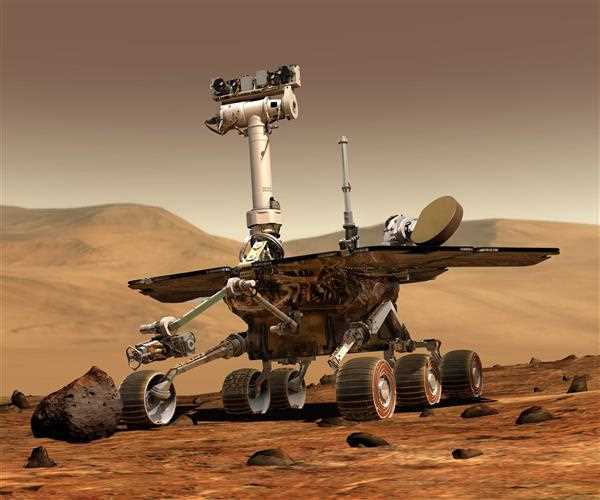
Long-Awaited Salty Region is Reached by NASA's Curiosity Mars Rover
A section of Mount Sharp that was rich in minerals was discovered by NASA's Mars Reconnaissance Orbiter years before the Curiosity rover touched down there in 2010. Scientists have been anticipating a close-up view of the terrain ever since.
According to a NASA news release, more than ten years after Curiosity's landing on Mars, the rover has now reached the 'sulfate-bearing unit,' a 'long-sought' area of Mount Sharp that is rich in salty minerals. The region was thought to have formed as the climate of the Red Planet was drying.
Upon landing, the rover discovered a wide range of distinct rock types and signs of former water. Salty minerals were used, including sodium chloride (common table salt), calcium sulphate (containing gypsum), and magnesium sulphate (Epsom salt is one type).
In order to understand how and why Mars' climate went from being more like Earth to the desert it is today, scientists are hoping that the minerals can provide some answers. A rock known as 'Canaima' was selected by the scientists as the 36th drill sample for the project. To crush rock samples for analysis, the rover used a percussive rotary drill at the end of its seven-foot (two-meter) arm.
'We cleaned the dust off before each drill and used the drill to puncture Canaima's top surface. Lack of scratch or indentation marks suggested that drilling might be challenging 'said NASA's Jet Propulsion Laboratory's Kathya Zamora-Garcia, the mission's new project manager.
Parts of the sample will be examined by the mission's scientists using the Sample Analysis at Mars instrument and the Chemical and Mineralogy instrument. Curiosity had to navigate tough terrain, including the sand 'Paraitepuy Pass' in August of last year, in order to reach the sulfate-rich region.
The rover had to travel securely to its target for more than a month. 'Sharp rocks can cut Curiosity's still-functioning wheels and pose a threat to the rover by potentially trapping it if the wheels lose grip. Rover drivers must manoeuvre carefully through these areas 'said in a press statement.
Curiosity had to take special care to position itself so that it could direct its antennas toward Earth and communicate with orbiters cruising by since the hills hindered its view of the sky.
In charge of coordinating communication between the science and engineering teams on Curiosity, Elena Amador-French of JPL said that 'we would get new images every morning and simply be in astonishment.' 'The ridges of sand were magnificent. There are flawless little rover tracks on them. We were able to get really near to the cliffs, and they were absolutely spectacular.'
But now the rover faces a new set of difficulties. It is challenging for Curiosity to locate a location where all six wheels are on stable footing because to the more rocky terrain. Amador-French claims that while the scientific breakthroughs get more and more thrilling, 'Mars appears to hurl more impediments at us.'


